LAT Pass 7 Galactic Diffuse Model
NOTE: This page is specific to the Galactic diffuse model released with the P7V6 version of the LAT science data.
The LAT Galactic diffuse model provided with the Fermi Science Tools is designed to be used for point source analysis only. It is also reasonably appropriate for investigation of small-scale diffuse structures, such as supernova remnants and pulsar wind nebulae. Large-scale diffuse structures such as Loop 1 and the high-energy Galactic lobes have been incorporated into this model. Using the model included with the Fermi Science Tools is likely to remove such structures from your analysis.
The model for the Galactic diffuse emission was developed using spectral line surveys of HI and CO (as a tracer of H2) to derive the distribution of interstellar gas in Galactocentric rings. Infrared tracers of dust column density were used to correct column densities in directions where the optical depth of HI was either over or under-estimated. The model of the diffuse gamma-ray emission was then constructed by fitting the gamma-ray emissivities of the rings in several energy bands to the LAT observations (after removal of the point sources). The fitting also required a model of the inverse Compton emission calculated using GALPROP and a model for the isotropic diffuse emission.
Model Characteristics
A number of improvements have been made to this model over the version released for Pass 6 analysis. The purpose of these improvements is to reduce residual emission caused by imperfect modeling of large-scale diffuse structure. While an impossible goal, much progress has been made in this direction.
Some of the improvements are:
- Based on 24 months of LAT data
- Removed sources based on preliminary 2FGL list
- Model grid of 0.125° (Pass 6 used at 0.5° grid)
- Row centered on b=0° (Pass 6 had an edge at b=0°)
- Cube with 30 energy planes from 50 MeV to 600 GeV
- Updated HI map
- Updated GALPROP-derived template for Inverse Compton
- Dedicated templates for large-scale regions of excess emission
As a result of these improvements, the Galactic diffuse model is now significantly larger (500MB). This requires significant memory usage when fits are being performed, and can have an effect on performance. Please see the release notes for more detail.
Dedicated Templates
From looking at analysis with earlier versions of the Galactic diffuse model, a number of regions with large-scale excess diffuse emission have been identified. To keep these regions from affecting source analysis, they have been included in the model as dedicated templates. Separating these regions into templates allows them to have different spectral properties than the Galactic diffuse emission as a whole. Below, we discuss the separate dedicated templates.
Loop I
The Loop I excess was modeled using two separate templates. The North Polar Spur template was extracted from the Haslam 408 MHz synchrotron map. The second Loop I template has the shape of the Loop I, it has a constant intensity and mainly follow the observed residual in this region.
 |
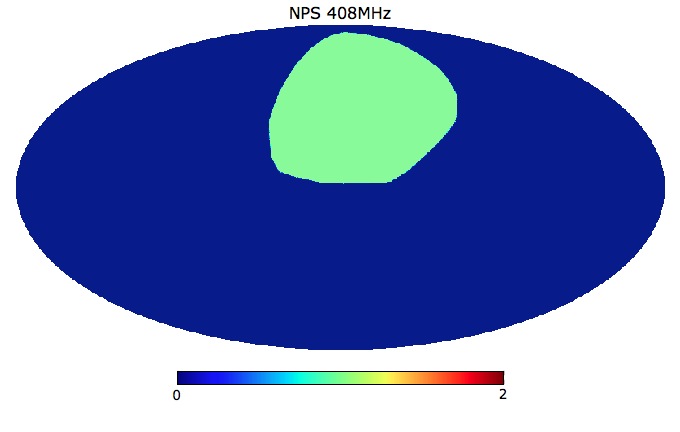 |
Galactic Lobes
High-energy emission in large lobe-like structures has been detected extending north and south of the Galactic center.
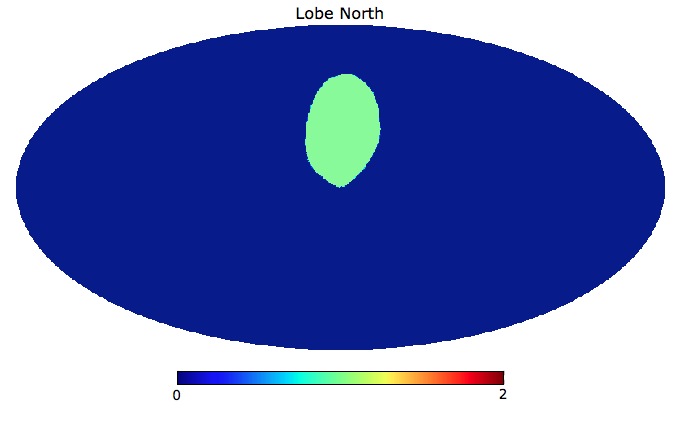 |
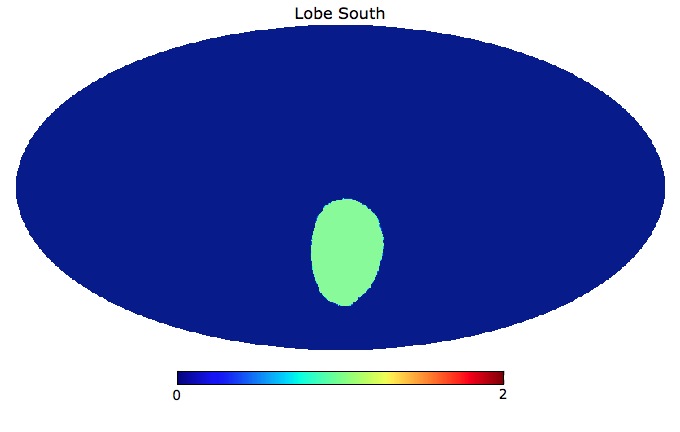 |
Galactic Plane Excesses
Even after removing the sources and fitting the Galactic diffuse model with the previous templates, some excesses are still observed in the residual (data minus model) map. This can bias your fit since likelihood will try to account for them by assigning events to nearby sources. Again, templates are used to remove these regions: templates of uniform intensity whose shapes correspond roughly to the shape of the residual excesses.
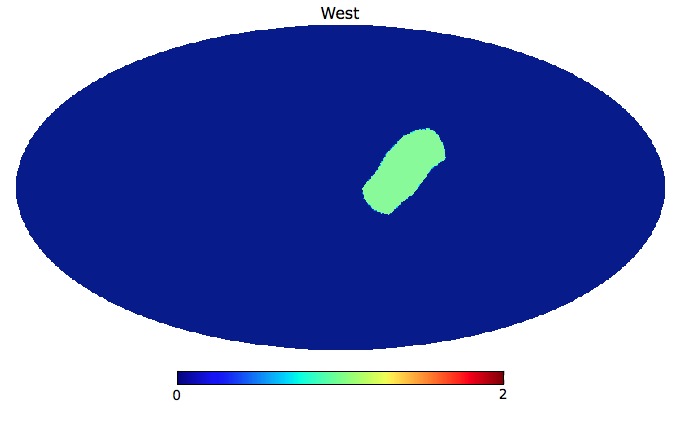 |
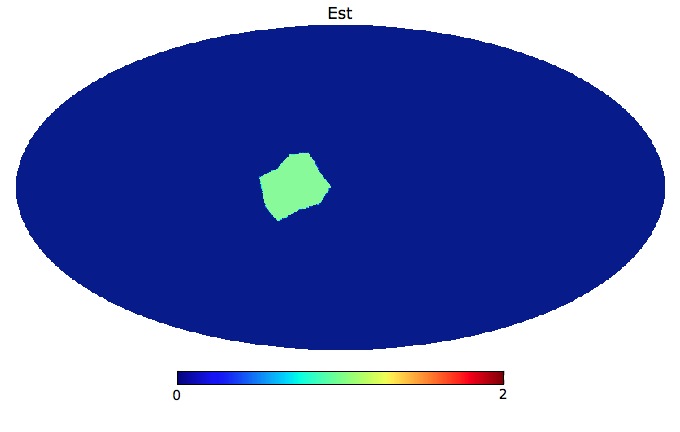 |
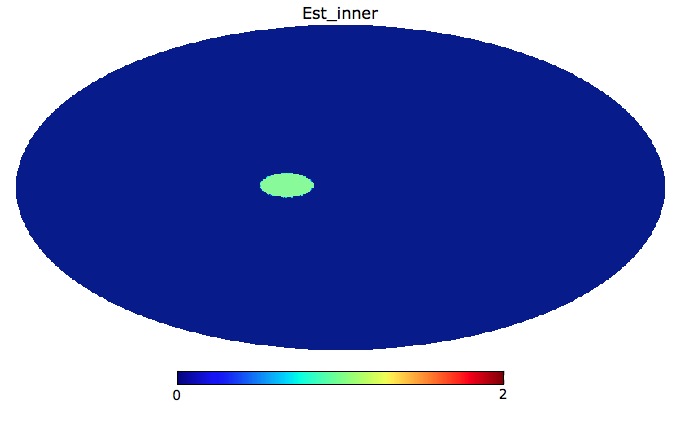 |
Earth Limb Events
The effect of excess events from the Earth's limb (which is bright in γ-rays) can be seen in some long LAT data sets (see discussion in the 2FGL catalog preprint). However, the magnitude of this effect is dependent on a number of factors: the position of the ROI, the length of the data, the zenith cut used, and the type of observation being analyzed. As a result of such dependence, removal of excess Earth limb photons can not be accomplished within this diffuse model.



